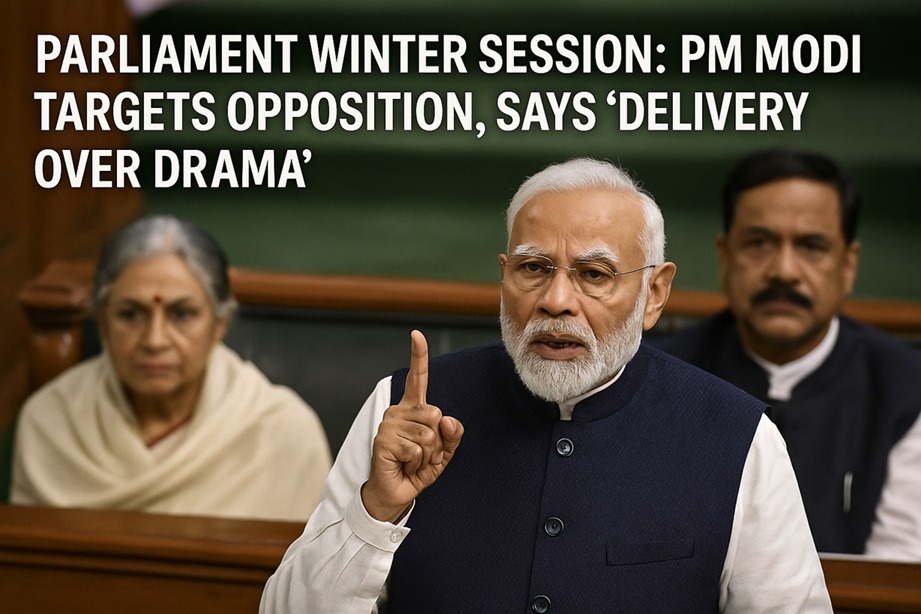The Nabanna Abhijan protest that erupted in Kolkata on Tuesday has captured the nation’s attention, spotlighting the deepening crisis in West Bengal under the leadership of Chief Minister Mamata Banerjee. What began as a protest against the tragic rape and murder of a trainee doctor at Kolkata’s R G Kar College and Hospital has evolved into a broader movement challenging the authority and governance of Mamata Banerjee’s government. This article delves into the events that led to the protest, the unfolding chaos, and the political ramifications for Mamata Banerjee and her Trinamool Congress (TMC) party.
The Catalyst: A Tragic Crime and Public Outrage
The initial spark for the Nabanna Abhijan protest was the brutal rape and murder of a trainee doctor at R G Kar College and Hospital in Kolkata. The incident, which sent shockwaves through the state, highlighted issues of safety and governance under Mamata Banerjee’s administration. Public outrage was immediate, with students, activists, and civil society groups demanding justice and accountability.
The incident quickly became a symbol of the broader law and order concerns in West Bengal. Critics of the government pointed to a series of similar incidents and alleged that the state apparatus was failing to protect its citizens. The sense of injustice was further fueled by the perception that the state machinery, including the police, was more focused on protecting the interests of the ruling party rather than upholding the rule of law.
The Nabanna Abhijan March: From Protest to Confrontation
As anger simmered, the Nabanna Abhijan march was organized as a direct challenge to Mamata Banerjee’s government. Thousands of students and activists took to the streets, intending to march towards Nabanna, the state secretariat, to demand justice and the Chief Minister’s resignation. The march, however, quickly escalated into a violent confrontation between the protestors and the police.

Police Crackdown and Violent Clashes
The Kolkata police, anticipating the scale of the protest, had set up barricades at several key locations, including Santragachi in Howrah, to prevent the protestors from reaching Nabanna. As the protestors attempted to breach these barricades, clashes erupted. The police responded with water cannons, lathi charges, and tear gas, resulting in widespread chaos and numerous injuries and 126 arrest.
The images and videos of students being chased, beaten, and tear-gassed spread rapidly, drawing widespread condemnation. Human rights organizations, opposition parties, and civil society groups criticized the government’s heavy-handed approach, accusing Mamata Banerjee of using the police to suppress dissent.
Political Ramifications: A Growing Crisis for Mamata Banerjee
The Nabanna Abhijan protest has far-reaching political implications for Mamata Banerjee and her TMC government. The violent crackdown on protestors has not only galvanized the opposition but also exposed rifts within her own party.
Opposition Mobilization and the Bengal Bandh Call
The Bharatiya Janata Party (BJP), the principal opposition party in West Bengal, quickly seized on the events to mount a significant challenge to Mamata Banerjee’s authority. The BJP announced a Bengal Bandh (general strike) for the following day, calling for statewide protests against the government’s actions.
The Bengal Bandh is seen as a litmus test for the BJP’s ability to mobilize public support and challenge the TMC’s dominance in the state. By capitalizing on the public anger, the BJP aims to position itself as the voice of the common people, accusing Mamata Banerjee of being out of touch with the realities on the ground.
Internal Dissent within the TMC
The events surrounding the Nabanna Abhijan protest have also highlighted growing discontent within the TMC. Reports suggest that some party members are increasingly critical of Mamata Banerjee’s handling of the situation, with whispers of a leadership crisis beginning to emerge. Figures like Abhishek Banerjee, Mamata’s nephew, are being mentioned as potential successors, indicating that the protest has not only shaken the government externally but has also led to internal strife.
The Corruption Angle: Investigations and Legal Troubles
The political crisis in West Bengal is compounded by ongoing investigations into corruption within the state government. Sandeep Ghosh, the former principal of R G Kar Hospital, is under investigation by both the Central Bureau of Investigation (CBI) and the Enforcement Directorate (ED) for his alleged involvement in various scams, including the high-profile teacher recruitment scam.
These investigations have uncovered significant evidence of corruption, further damaging the credibility of Mamata Banerjee’s administration. The involvement of central agencies like the CBI and ED has added a new dimension to the political battle in West Bengal, with the TMC accusing the central government of using these agencies for political ends. However, the evidence of widespread corruption cannot be ignored and has become a critical issue for Mamata Banerjee’s government.
Public Sentiment and the Future of Mamata Banerjee’s Leadership
The public reaction to the Nabanna Abhijan protest and the subsequent police crackdown has been overwhelmingly negative. The sight of students being brutally treated by the police has struck a chord with many in West Bengal, leading to a significant erosion of support for Mamata Banerjee. The situation is further complicated by the corruption investigations, which have cast a long shadow over her administration.
As the political situation continues to deteriorate, there is growing speculation that West Bengal could face early elections. The BJP, sensing an opportunity to unseat the TMC, might push for this outcome, hoping to capitalize on the current turmoil. The possibility of early elections adds an additional layer of urgency to the ongoing protests and political maneuvers.
A State at a Crossroads
The Nabanna Abhijan protest is more than just a reaction to a tragic incident; it represents a broader discontent with Mamata Banerjee’s governance in West Bengal. The violent crackdown on protestors, coupled with the ongoing corruption investigations, has placed her government in a precarious position. The opposition, led by the BJP, is mounting a significant challenge, and even within the TMC, there are signs of dissent.
West Bengal stands at a crossroads, with the future of Mamata Banerjee’s leadership hanging in the balance. As the situation unfolds, the coming days and weeks will be crucial in determining the political future of the state and whether Mamata Banerjee can navigate the crisis that threatens to engulf her administration.





